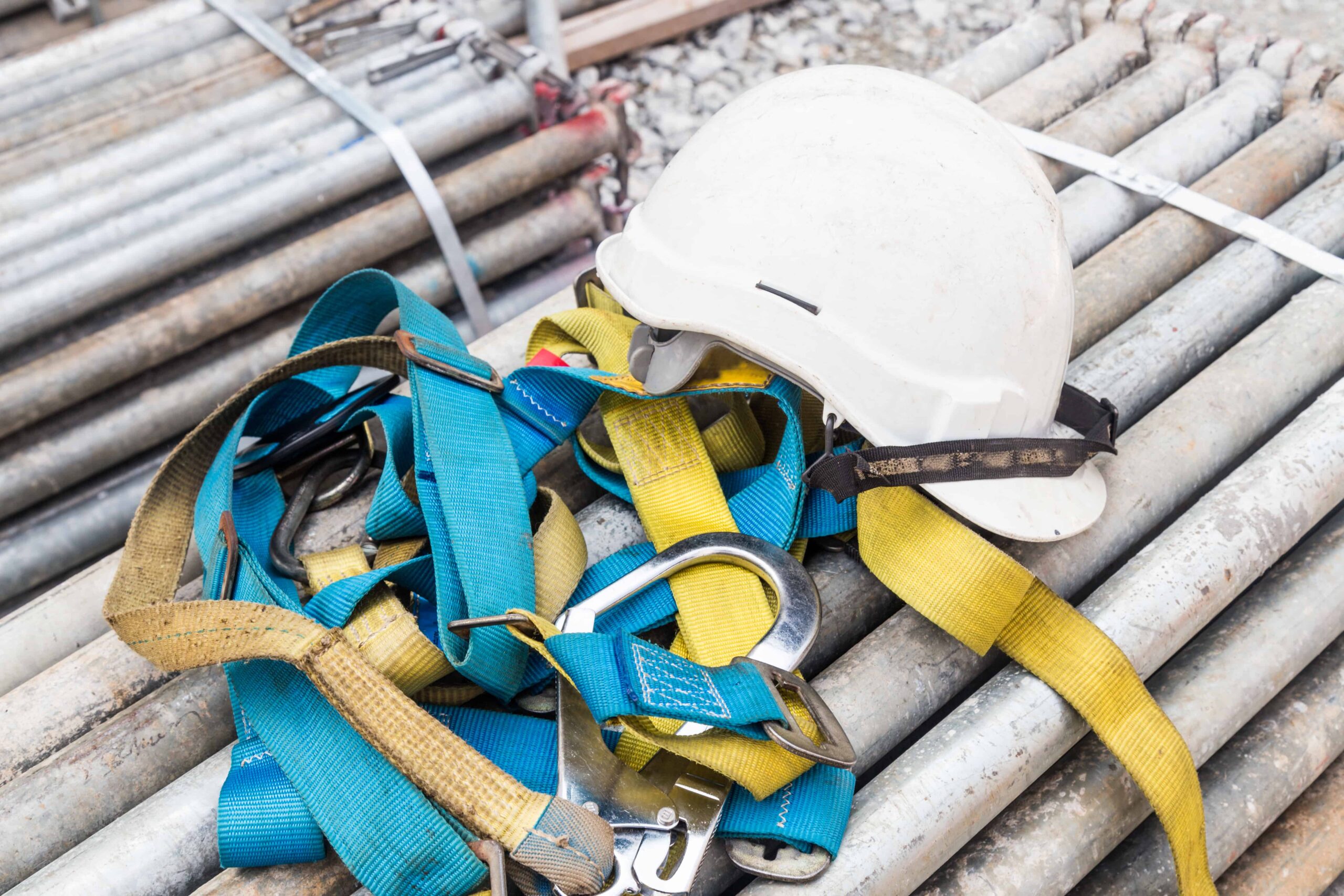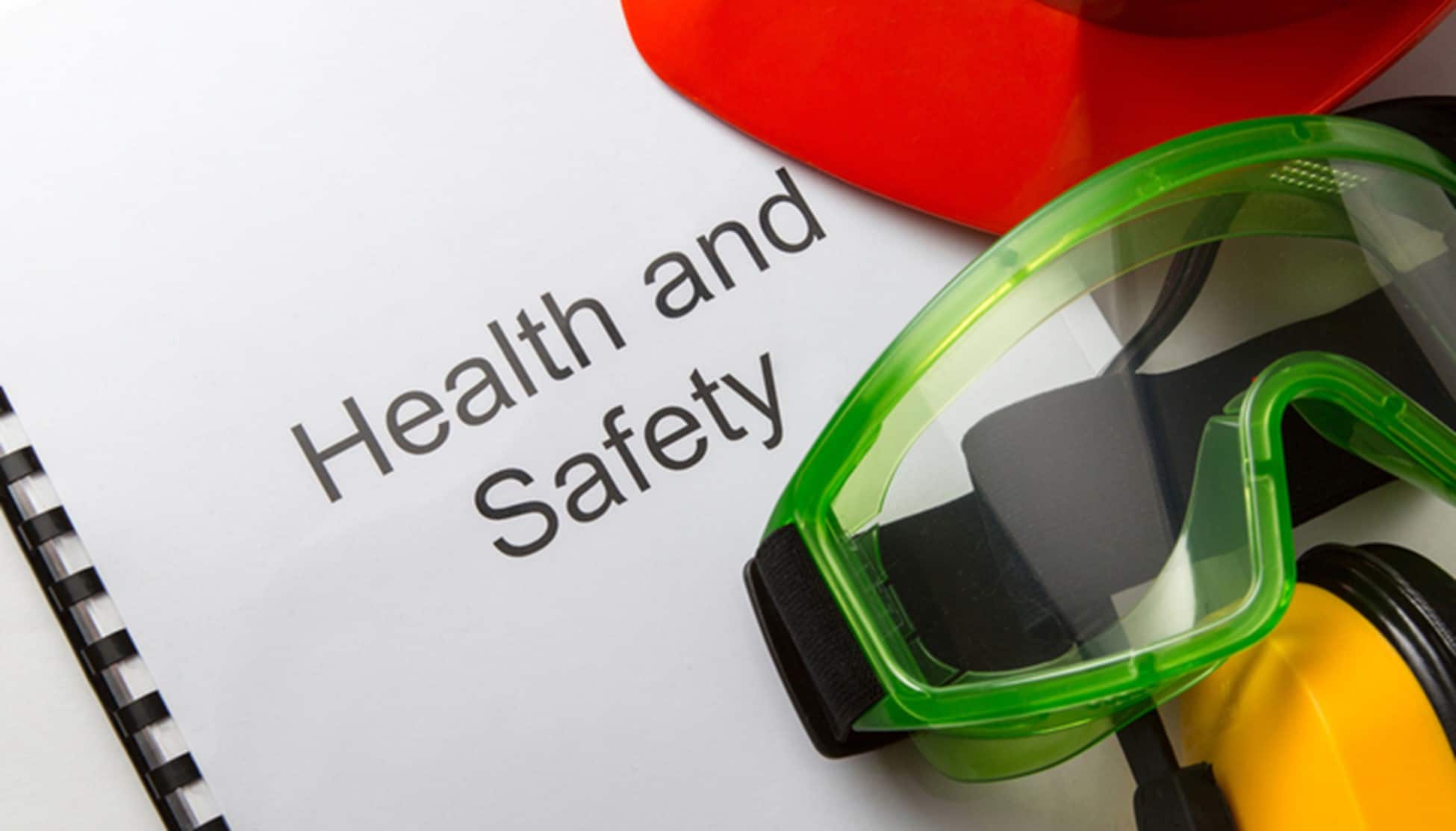
We live in a time of insecurity caused by COVID-19 when people fear for their health and their future. Many businesses have already suffered due to the Coronavirus lockdown, leaving workers to worry whether they will keep their jobs, besides worrying about their safety and health. According to some grim predictions, the global economy will suffer long after this health crisis is over.
This complex and intense global health crisis has proven once again how essential safety policy is. Creating an effective safety policy that is trustworthy and sustainable demands that an excellent safety program is promoted and implemented by safety leadership, along with the engagement of all employees in securing a safe workplace and maintaining a high level of productivity. Safety leaders that have managed to address new challenges successfully base their safety leadership on three substantial features:
- They lead by example – Everything they do, say, or decide is to inspire and encourage their workers to embrace desirable behavior models and abide by safety policy. Safety excellence and commitment to safety in the workplace is achieved by role modeling. It starts from the top; senior leaders must engage workers, show the importance of safety, motivate safety performers, and regularly conduct safety training.
- They show they care – Strong leadership builds a strong safety culture and encourages employee engagement. It cultivates an atmosphere of personal responsibility, safety compliance, and trust by showing appreciation for workers’ needs and investing time and energy to provide feedback. Workers will follow safety tips, safety procedures, and guidelines, believing they are doing the right thing for personal safety and team safety.
- They are in control – Safety management teams should have effective safety leadership skills that create a balance between caring and controlling. In times of increased safety risks, it is essential to rely on a leader who is able to maintain control. These leaders will set the guidelines for future actions, delegate roles, clearly communicate expectations and responsibilities, and provide regular feedback to employees. By doing this, they will show reliability and make workers more confident that they are doing the right thing by following safety rules and regulations.
These are the cornerstones of competent safety leadership needed for creating a behavior-based safety culture. This demanding and time-consuming process requires constant engagement and open communication among everyone in an organization, starting from senior management to every employee on the floor. Safety leaders need to convince people of the importance of implementing a new safety culture by sharing their vision and pointing to its benefits. Once employees realize that they are doing the right thing, they will embrace the desired safe behaviors and turn them into habits.
Features that Inspire Safety Leadership
If you want to become an efficient safety leader, you need to set an example and maintain control to inspire others to follow your lead. Here are some other qualities that may inspire safety leadership, ensuring workers’ safety and high-level productivity.
1. Coaching
Successful safety leaders recognize the advantages of good coaching and strive to implement those into their leadership style. Quality coaches devise clear, goal-oriented safety strategies and guidelines with marked milestones that need to be reached on this road to success. They change safety policy by constantly motivating employees and creating a “can do” atmosphere during this transformation process. This approach to safety leadership results in employees accepting new safety goals as something they will benefit from.
2. Collaboration
We have already stated how essential joined effort and collaboration in creating safety in the workplace is. Safety leadership is based on safety partnerships made between the management and the employees. This relationship needs to be trustworthy because workers look up to management to provide safety guidelines and procedures. At the same time, management relies on workers for reports on possible safety risks and ideas for preventing safety hazards. A work atmosphere built on trust will lead to improved safety and reduced incidents rates. Also, employees involved in the safety process will be more productive, knowing they are less likely to experience an injury if they follow safety procedures.
3. Commitment
Commitment to introducing a new safety culture that will ensure health and safety is a feature that separates exceptional safety leaders from others. They invest all their time and energy into learning new leadership skills to implement in creating a sustainable safety culture, which is the primary goal.
4. Communication
We cannot emphasize enough how crucial open communication is in achieving a common goal, such as a strong safety policy. Competent leaders strive to keep open communication by regularly and continually informing workers about safety in the workplace. This open and honest communication between management and workers plays a crucial role in the crisis. Talking openly about the state of things and providing employees with correct and reliable information brings much-needed relief in times of fear and insecurity. Besides, safety leaders will gain trust and respect by showing appreciation and understanding of people’s fears and insecurities. People need leaders who hear them and do their best to find solutions that keep them safe during the crisis.
5. Perseverance
If you want to become an efficient safety leader, you have to be proactive when facing unresolved safety issues. Existing safety hazards that are left unaddressed for too long may severely undermine the efforts to introduce a new set of desirable safety behaviors. Excellent safety leaders keep addressing safety problems until they are solved, constantly looking for new approaches to resolve these safety issues. They will also update workers on the progress made to eliminate existing safety hazards, accompanied by follow-ups once everything is finished.
6. Planning
Teamwork and collaboration are essential for changing safety culture and introducing new desirable behaviors. However, it is also crucial that everyone involved in this process knows their role, responsibilities, and expectations. Thus, senior managers are in charge of defining the core values of the future safety policy and incorporating them into safety guidelines. They also should determine roles and responsibilities. Safety professionals form safety leadership teams to come up with a well-designed safety management system based on the guidelines provided. Then, employees need to act in compliance with new rules to stay safe while working.
As you can see, safety leaders are the main link in this process, responsible for translating the company’s safety vision into an efficient safety system that will provide protection in the workplace. For this reason, safety leaders should be able to create a realistic, feasible, and measurable safety plan with clearly defined responsibilities and expectations.
7. Passion
Safety professionals need to be passionate about the vision of safety they want in their workplace. They truly have to believe in what they are saying and support their words with actions, demonstrating appropriate safety behavior every day on every occasion. Leading by example and passion is a perfect way to motivate people to accept your ideas and models of behavior until they make them a habit. Passionate safety leaders inspire people by using a personal example to show them why it is vital to adopt new safety habits. Also, when talking about safety policy, passionate leaders focus on benefits, showing people why responsible safety behavior is good for them.
A Short Recapitulation
One study showed that 89% of efficient safety leadership depends on four personal features that every excellent safety leader should have. They should be supportive, goal-oriented, resourceful, and efficient in solving problems.
Excellent leaders engage workers and take the time to understand the people they work with. Safety leaders who are eager to change old, inefficient models of safety behavior set clear, goal-oriented guidelines that clearly define the steps everyone needs to take on the road to success. These leaders create a strong safety culture and a can-do atmosphere, encouraging people to make additional efforts to achieve set goals.
Competent safety leaders are resourceful in tackling different safety challenges to achieve safety excellence. They search for fresh ideas and continually address safety issues until they find practical solutions to encourage both personal responsibility and team safety.
If you want to be a leader that motivates employees to embrace a new safety culture, you have to be present, provide feedback, and communicate often, offering help and support whenever needed. You also need to show that you care about your employees and that you are focused on people rather than profit. This way, you will build a strong relationship based on mutual trust, inspiring workers to follow your lead. We help managers become inspirational leaders that your workers will respect and trust. Email larry@safety4employers.com or call (775) 843-8318. Choose one of our excellent training programs for safety leaders.








